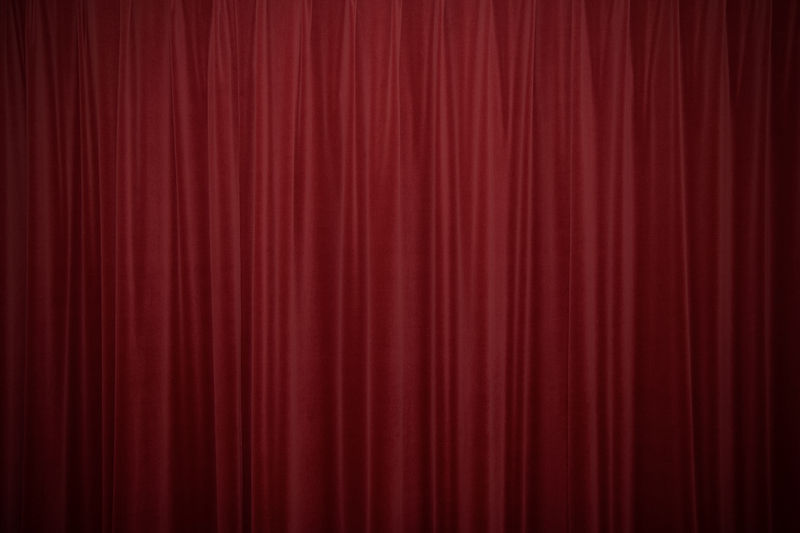 “Listening To The Room”, hearing what the group or audience wants, how they’re responding and how connected they are, can make an event go smoothly and easily, leaving enthusiastic and educated attendees!
“Listening To The Room”, hearing what the group or audience wants, how they’re responding and how connected they are, can make an event go smoothly and easily, leaving enthusiastic and educated attendees!
Reid Mihalko from ReidAboutSex.com and Cathy Vartuli from TheIntimacyDojo.com share how to Listen To A Room!
Cathy: Have you ever wanted to listen to a room? It could be really useful when you’re leading a workshop or just hanging out with people. This is Reid Mihalko from ReidAboutSex.com.
Reid: I’m actually not touching my nipple, I’m an inch away from it. This is Cathy Vartuli from TheIntimacyDojo.com. How do you listen to a room? How do you use your presence and focus even when bad distracting things are going on. What’s your advice?
Cathy: The first thing is if I can quiet the noise up here, as you always say it’s a dangerous neighborhood up here, it can get really noisy especially if you’re leading a workshop. I get nervous every time I lead a workshop. I tell them, I get up there and just tell them, “Hey I get nervous every time I lead a workshop.”It just shifts it for me, it works really well, but the quieter I can get up here the more I can notice what’s going on in the room. Are people shy or awkward? Are they high energy, low energy? Just tuning into the room and being able to figure out if I can get them to stand up, or just raise their energy to be there. It can make a really big difference of how the rest of the workshop goes.
Reid: This basically… when I say, “Listening in the room. How’s the listening in the room?” Basically what I’m talking about is as facilitator is your ability to hear how they’re hearing you. If the room is really tuned in and you guys are on the same page and you guys are really vibing them, I can talk really quickly, and talk about all kinds of dense complex issues and they’re absorbing the information at the speed that I can talk. If it’s a really complex piece of information that I’m talking about or there’s a lot of thinking going on in the room I may want to slow down how I’m talking and what I’m delivering so that they can actually get what I’m saying. The idea is basically, and this kind of approaches a lot of different schools of thought, but basically the idea of, you’re speaking, I’m speaking to you guys… we’re speaking to you guys watching right now, but you guys are processing what we’re talking about.
It’s going through this filter of most people being, “Huh. What about that? He was talking about slowing down as a means of being a better educator. Huh.” You’re losing a little bit of them being able to hear you because they’re thinking about what you just said. As a facilitator, your ability to basically turn the volume down on those filters for yourself, so that what’s going on in the room doesn’t have to come through you. “Huh. What’s going on with him? I feel really nervous. This is weird, I hope they’re ok.” You’re losing your ability to connect with them and some people in your workshops feel that disconnection and then they start being more disconnected because you’re disconnected. Whatever you can do to get more presence and quiet the voices down in your head, allows you to be with the room more, hear what’s going on for them, which actually has them be able to pay attention more.
Cathy: I really like too, you often ask early in the workshop, and throughout the workshop, for people to give feedback. “Is this making sense?” “Is this working for you?” One, it gives you a chance to pause when you’re teaching especially for people that are not as experienced it’s hard to juggle the teaching and the listening, it’s two things at the same time. If you’re giving other people a chance to give you verbal feedback that gives you a chance to energetically tune to them as well.
Reid: For those of you who believe in energy.
Cathy: Yes. And it gives you a chance to hear intellectually what’s going on too. If a couple people raise their hand and say, “That was great, but what was that third point you made. I didn’t get it.” Then you can go back and catch them up so they can be more present for the rest of the day. They’ve got the foundations going forward.
Reid: The idea is, one what Cathy said around expressing to people in the beginning what’s going on for you, as a means of quieting the voices down in your head. It also role models for them that you’re not this perfect guru who has all your shit handled, which is fake. You’re role modeling that everyone is perfect, which is weird, and then the idea that I’m listening to the room and realizing that even if it feels like everything is fine. Let me check in, ask for any questions, if anyone has any feedback that they need to give me so that they can kind of empty their heads of whatever is rattling around in there, this question about the third point and then they can actually pay attention for the next section.
Cathy: When you’re really present it invites other people to be more present. If I’m trying to teach and I’m thinking about, did I turn off the toaster? I’ve got to go grocery shopping after that. I forgot to pay the electric bill again. I’m not really present with the room, so if I can take a deep breath and be quiet up here about other things and be just present with the people. Bo Easton talks about, one of the people we follow, talks about being present with one person in the room at a time until you build a connection. It might be a 30 seconds or a minute just being present with them rather than … my tendency is to go more quickly and look at each person for a couple seconds so they feel seen, but what he recommends, and which seems to work really well, is to stay with one person a little bit longer, be really present and build that up over time which lets you have a deeper connection with people there.
Reid: Cool, awesome. We hope this was helpful. Let us know your comments. Hit a ‘like’ button once in a while folks, it’s not going to kill you. Hit a thumbs up, yo! What else? What questions do you have, so that you can be more present with next video?
Cathy: Thanks very much.
